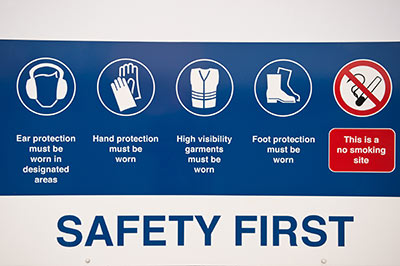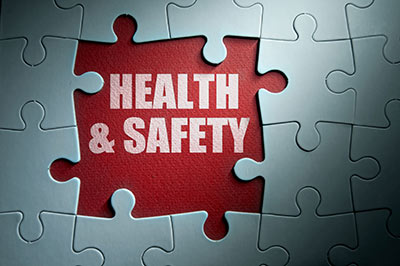Kostić, Stanković, Tanić, & Nikolić, 2014
This paper represents the research associated with establishment of the methodological approach to reviving architecture designed for children’s upbringing and education, and consider new possible strategies for implementing eco-principles in the existing construction fund of preschool facilities in Serbia. Basic research problem is global state of resources, energy consumption and disrupted children comfort in preschool facilities. Research gives concrete proposals for future architectural praxis in Serbia in terms of eliminating the aforementioned problems. The aim of the research is to record and valorize practical measures for environmental, energy-efficient and economic reshaping in accordance with pre-set criteria, which will provide healthy, safe, comfortable, functional and progressive eco inner and outer environment of a child in preschool facility.











